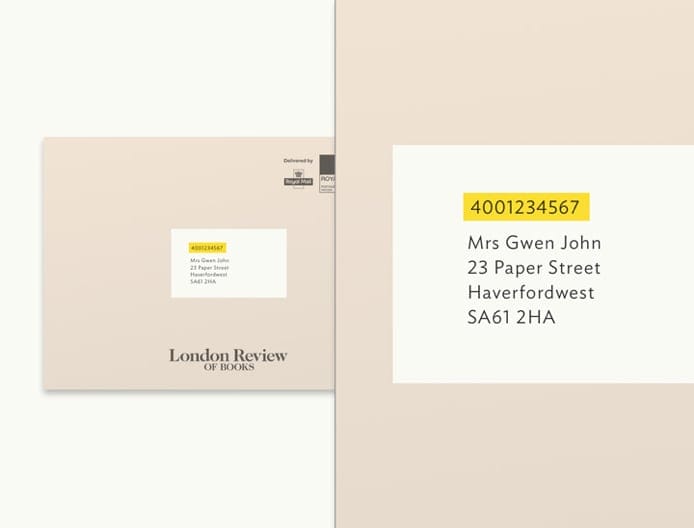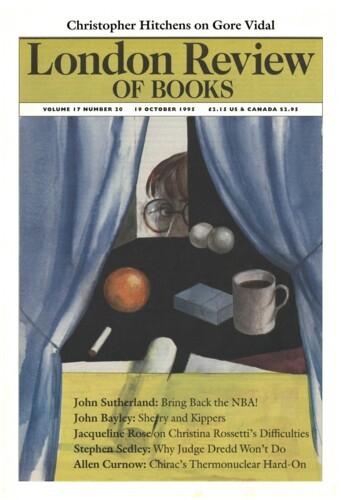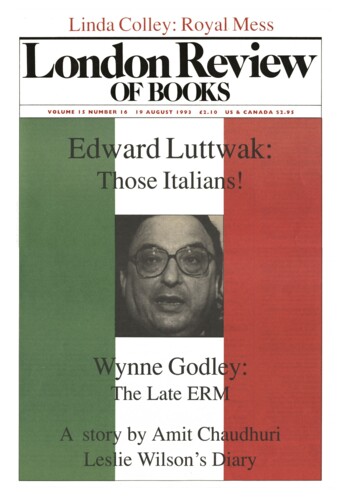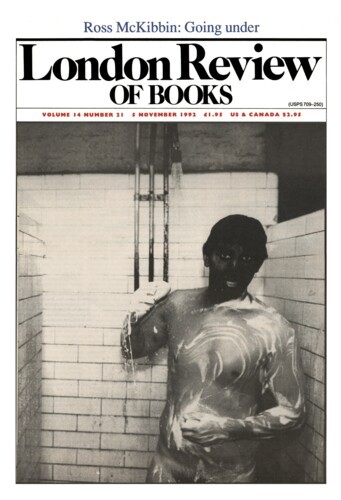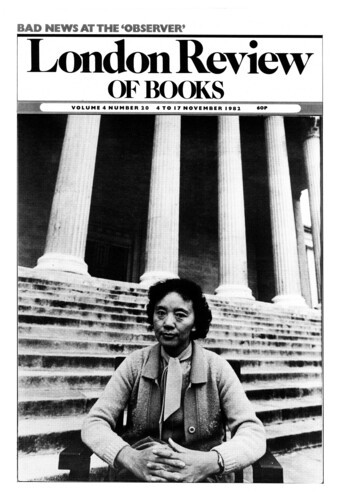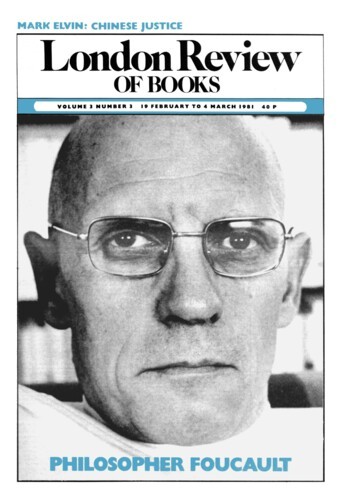Outposts of Progress
Mark Elvin, 19 October 1995
Environmental history is concerned with the ways in which the production of goods and services has both transformed, and been constrained by, the natural infrastructure on which human survival and economic activity depend. Climate perhaps apart, this infrastructure is only imperfectly visible – at best – to anyone who is not a scientist. Most of it consists of biogeochemical cycles – of carbon, nitrogen, H2O etc – mediated in large measure by plants and micro-organisms that maintain inter alia the atmosphere, the soil and the availability and quality of water. Those causes and effects that are more easily observable are often in practice widely separated from each other by time, space and intermediate links that are not so easy to detect. An example is the ocean plankton Emiliania at times visible as huge ‘blooms’ in the seas, which both stores carbon dioxide – a ‘greenhouse gas’ – in its shell, and emits dimethyl sulphide, which, suitably transformed, provides condensation sites for water vapour and causes clouds to form over the oceans.
